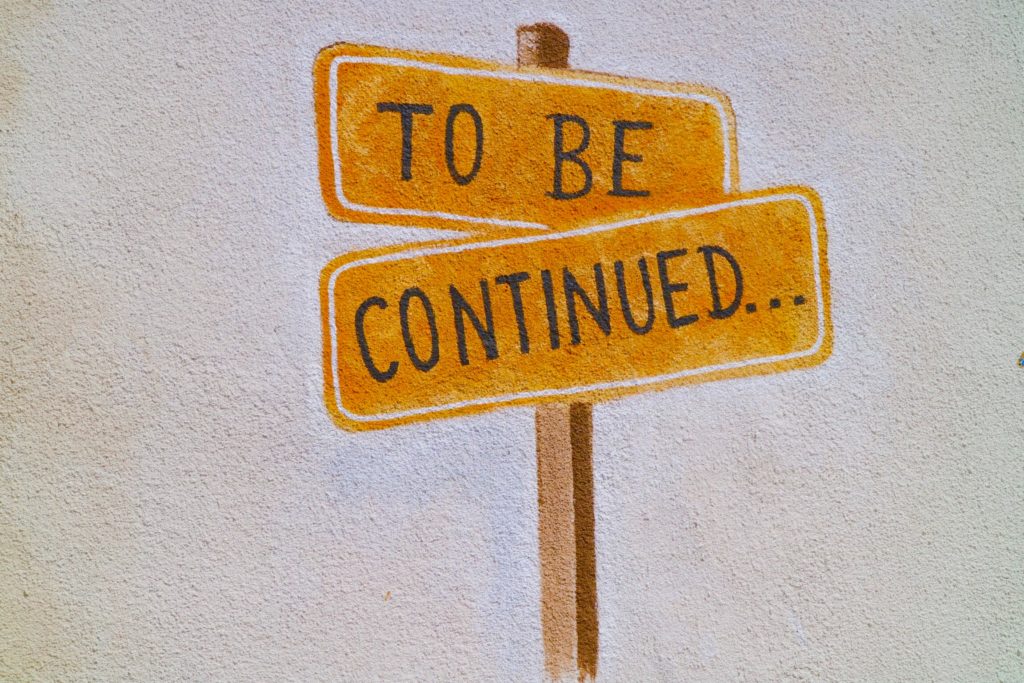Good storytelling is the foundation of content marketing (and all marketing, as a matter of fact), and content is the foundation of an engaging email campaign.
Bring everything together by considering the story you’re trying to tell in your next email marketing campaign.
While your sales objective or key message will drive the targeting and positioning of the email campaign, take a moment to consider the storytelling elements that could help drive this forward.
Below we delve into the impact storytelling could have on your email marketing efforts, and why you need to sit up and listen.
The power of storytelling

Some of you might be thinking, “it’s email marketing, I just blast out the offers and watch the opens and clicks flood in.”
While that may be initially true, you might be missing out on a huge opportunity to elevate your email marketing (and by extension, the results you get).
Story science expert and Claremont Graduate University professor, Paul J. Zak, says that storytelling can capture attention, encourage empathy, and foster cooperation.
“Many business people have already discovered the power of storytelling in a practical sense — they have observed how compelling a well-constructed narrative can be. But recent scientific work is putting a much finer point on just how stories change our attitudes, beliefs, and behaviors.”
Zak’s research found that a neurochemical called oxytocin sparks an “it’s safe to approach others,” signal in the brain.
“Oxytocin is produced when we are trusted or shown a kindness, and it motivates cooperation with others,” explains Zak in Harvard Business Review. “It does this by enhancing the sense of empathy, our ability to experience others’ emotions.”
“We found that character- driven stories do consistently cause oxytocin synthesis. Further, the amount of oxytocin released by the brain predicted how much people were willing to help others; for example, donating money to a charity associated with the narrative.”
When you harness the power of storytelling in your email marketing, you can seize the much-coveted attention of your audience, associate positive emotions with your brand, and make them more amenable to taking certain actions.
How to incorporate storytelling into your email marketing

Every email you send should offer the recipient a story, and a reason for them to continue reading.
This is particularly important when it comes to lead nurturing and the multi-staged email nurturing funnel that you’re hoping to lead prospects down.
This path becomes significantly smoother when you deliver engaging, relevant emails that provide value-add content to your customers throughout their buyer journey.
We’re not the only ones who think so. Business 2 Community predicted that storytelling will be one of the key email marketing trends for 2019.
“Email marketing messages that include a story at the beginning of the email, then loop in the agenda of the business and the point of the news, and the value and services/products they provide can prove highly influential when delivered appropriately to the right audience.”
“Stories can maximize a marketer’s email marketing ROI potential significantly. Marketers have known about the power of a good story for years now, and this trend is only increasing as the best email marketing strategies develop over time.”
Start by mapping out the stories that drive your email marketing messages, whether they center around a pain point or a solution.
Each email should build on the previous one, ensuring a clear narrative for your prospects, while also standing alone as its own story.
Work with your copywriters to add these storytelling elements into your email campaigns, and ensure the email design reflects these copy changes.
If you’re looking for more advice on how content and email can support and strengthen each together, check out our recent expert interview; Marketing Masters: Ann Handley on How Content Marketing and Email Marketing Work Together.




